Latest NRAO News
News is managed by NRAO News & Public Information. Questions about News? Have a story to share? Want to interview a scientist or create new media about our telescopes?
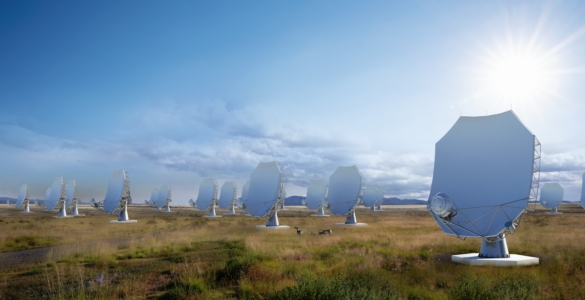
The largest astronomical array in North America is one step closer to becoming a reality. The National Radio Astronomy Observatory (NRAO) is pleased to announce that the National Science Foundation (NSF) has awarded a 3-year, $21 million grant to Associated Universities, Inc.(AUI) to further the design of the next generation Very Large Array (ngVLA).
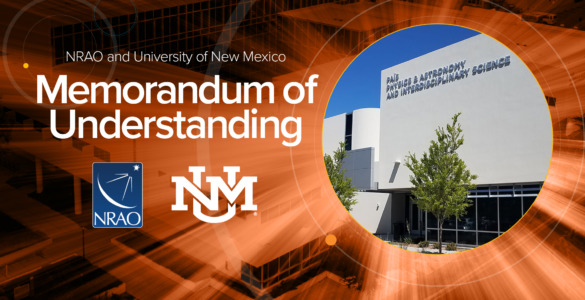
Through this partnership, NRAO and UNM will explore the potential of establishing the UNM College of Arts & Sciences’ Department of Physics & Astronomy as a host site for the ngVLA Data Processing and Science Operations Center.
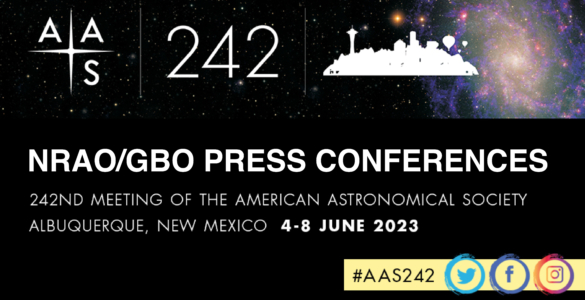
New scientific results from the Very Long Baseline Array (VLBA), the Very Large Array (VLA), and the Green Bank Observatory (GBO) will be revealed at multiple press conferences during the 242nd meeting of the American Astronomical Society (AAS) from June 5-7, in Albuquerque, New Mexico.
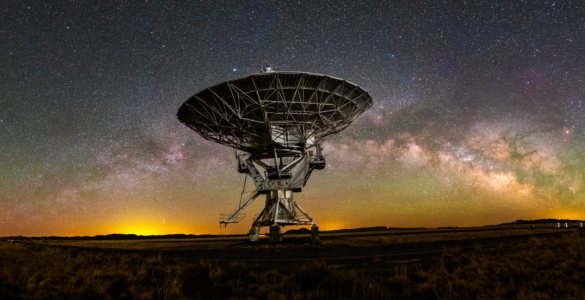
As a part of its central mission to nurture and inspire the next generation of radio astronomers, the National Science Foundation’s National Radio Astronomy Observatory (NRAO) has selected four outstanding early career professionals for its 2023 Jansky Fellowship.
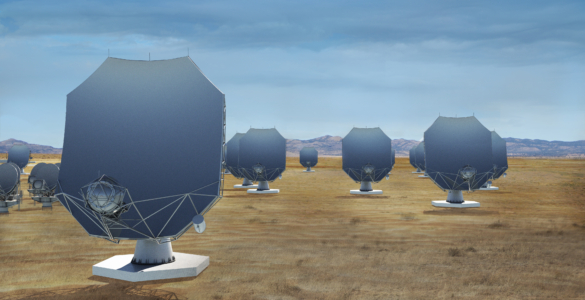
The design for the ngVLA prototype antenna has passed a thorough review by a panel of external experts and the project now is cleared to proceed to manufacture the prototype.
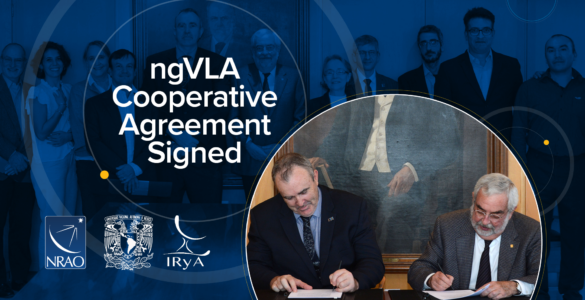
The U.S. National Science Foundation’s National Radio Astronomy Observatory (NRAO) and the Universidad Nacional Autónoma de México (UNAM) have signed a memorandum of understanding establishing their collaboration on the Next Generation Very Large Array (ngVLA), a new radio observatory currently in design and development at NRAO.
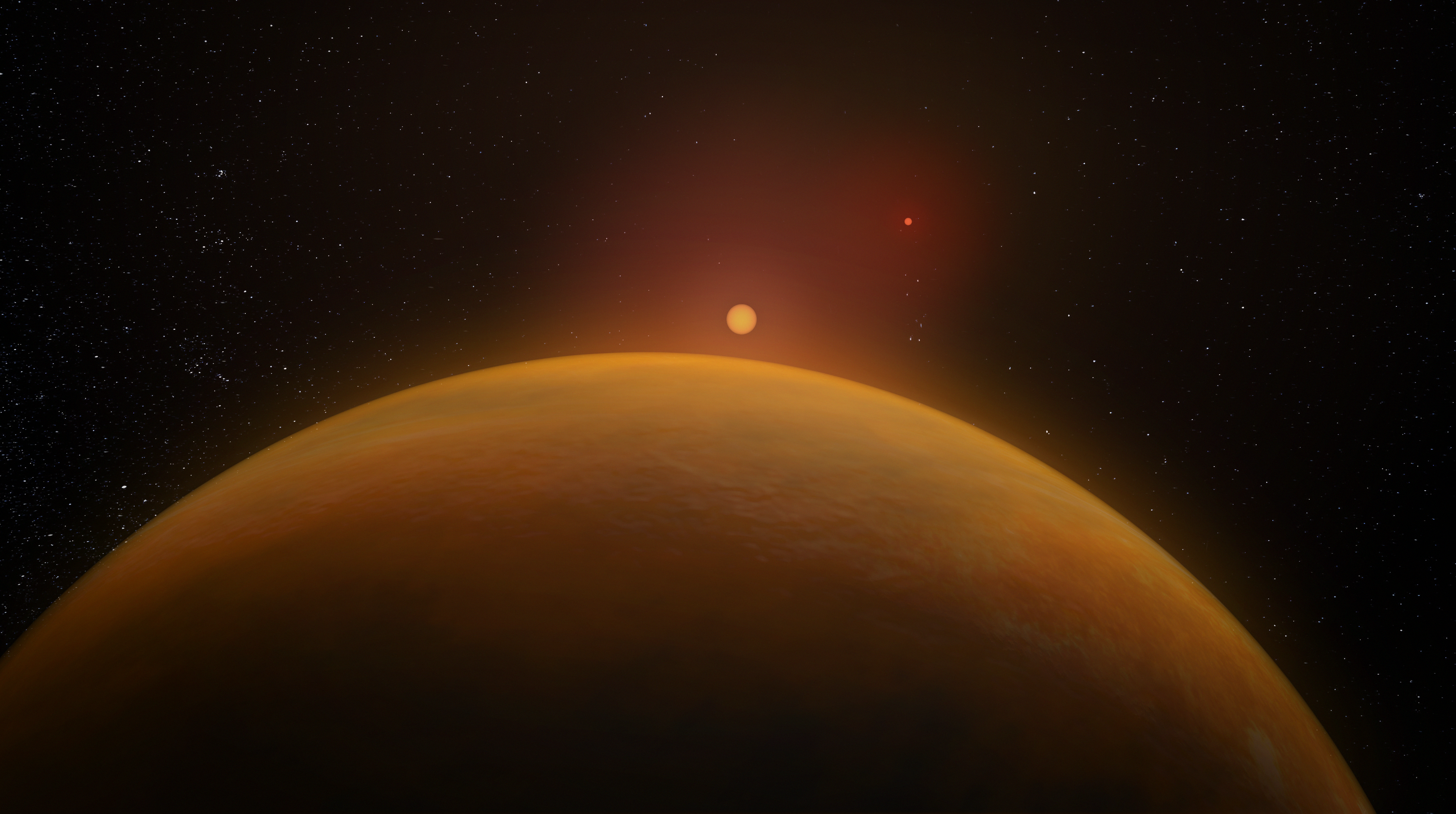
Astronomers using the VLBA have produced the first-ever full, 3-D view of binary star system with a planet orbiting one of the stars. Their achievement promises important new insights into the process of planet formation.

NRAO is supporting a Mexican astronomer’s work to select and develop antenna sites in northern Mexico for the Next Generation Very Large Array (ngVLA).
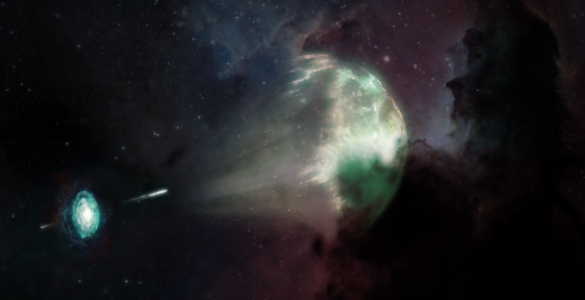
Scientists using the Atacama Large Millimeter/submillimeter Array (ALMA)— an international observatory co-operated by the US National Science Foundation’s National Radio Astronomy Observatory (NRAO)— have for the first time recorded millimeter-wavelength light from a fiery explosion caused by the merger of a neutron star with another star. The team also confirmed this flash of light to be one of the most energetic short-duration gamma-ray bursts ever observed, leaving behind one of the most luminous afterglows on record.
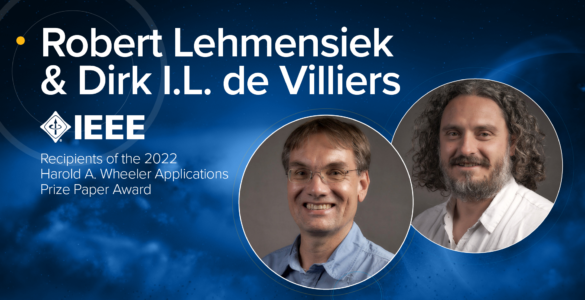
A team of engineers testing the design efficiency of reflectors for the National Radio Astronomy Observatory’s upcoming next generation Very Large Array (ngVLA) has received the Institute of Electrical and Electronics Engineers (IEEE) Harold A. Wheeler Applications Prize Paper Award.





